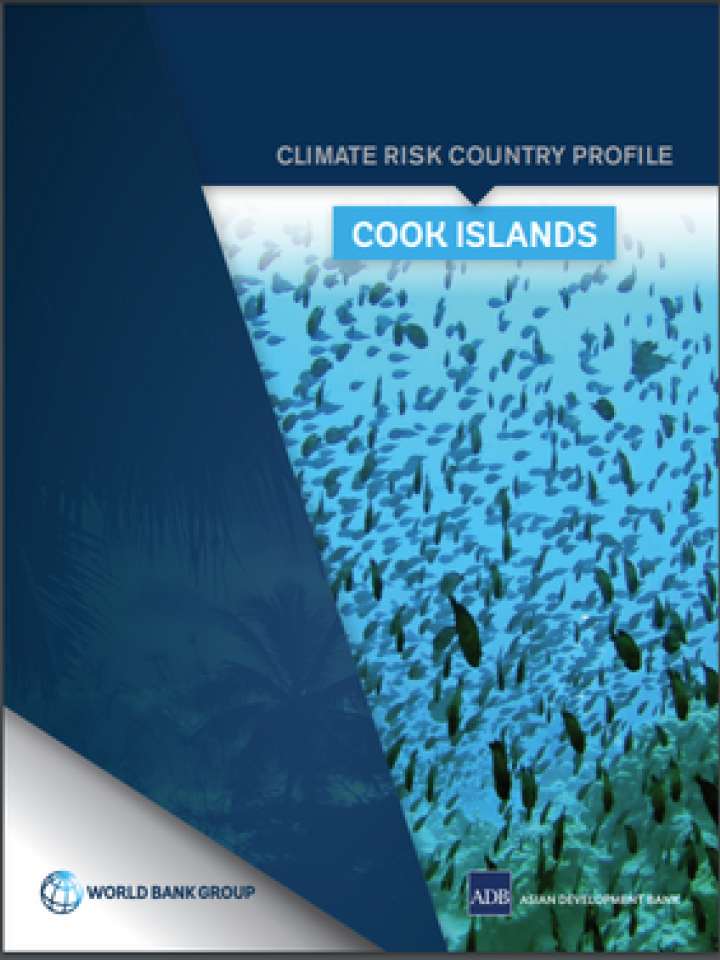Climate risk country profile: Cook Islands
This profile is intended to serve as a public good to facilitate upstream country diagnostics, policy dialogue, and strategic planning by providing comprehensive overviews of trends and projected changes in key climate parameters, sector-specific implications, relevant policies and programs, adaptation priorities and opportunities for further actions. The Cook Islands are located south of the equator and consists of 15 islands spread across nearly 2 million square kilometers (km2 ) of the South Pacific Ocean. The Cook Islands are known for their extraordinary natural beauty, which attracts significant tourism. The Cook Islands are located in an area that is highly exposed to tropical cyclones with damaging winds, storm surge, and floods. Within this context, the Cook Islands takes climate change extremely seriously. Cook Islands published its Third National Communication to the UNFCCC in 2019,7 submitted its Nationally Determined Contribution in 2015, and ratified the Paris Climate Agreement in 2016.
This profile outlines key messages regarding climate risks faced by the Cook Islands, including:
- The Cook Islands are experiencing increasing temperatures, with warming trends expected to continue throughout the 21st century. Projected rates of warming are clouded by current models’ inability to simulate very localized changes, but warming is expected to be in the range of 0.6°C–2.7°C depending on the 21st century rate of global emissions.
- Natural interannual and interdecadal variability ensures short- and medium-term rainfall changes are difficult to detect and project into the future for small islands. Further research is urgently required to develop models better suited to modelling the future climate of Pacific islands.
- A realignment of the nation’s fisheries sector is likely, but with careful and sustainable management the future production outlook is not necessarily negative.
Explore further
